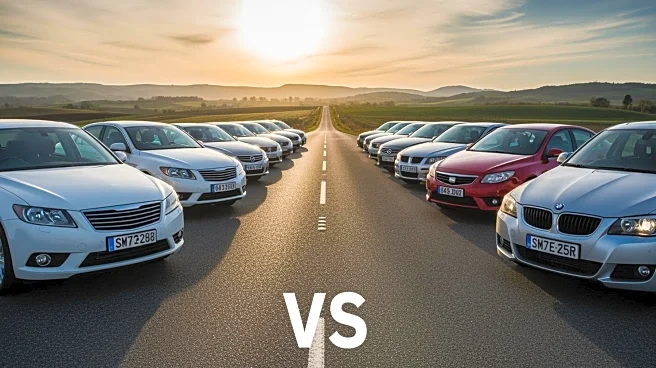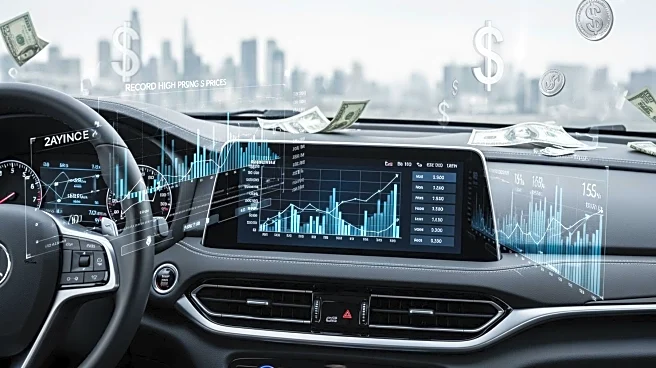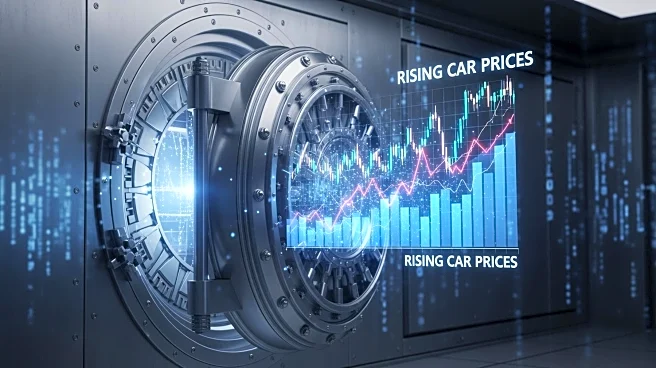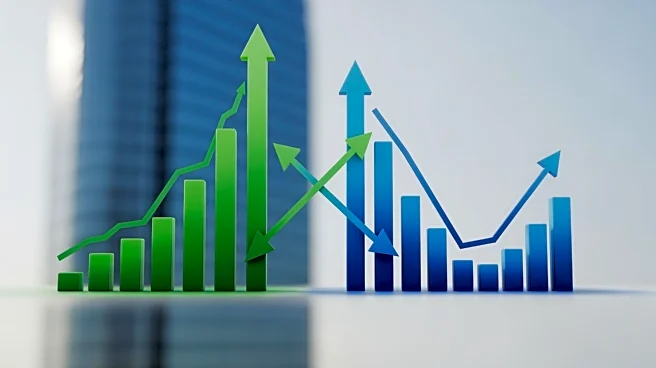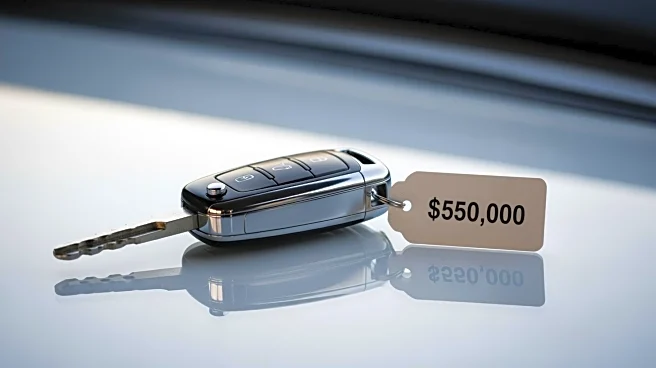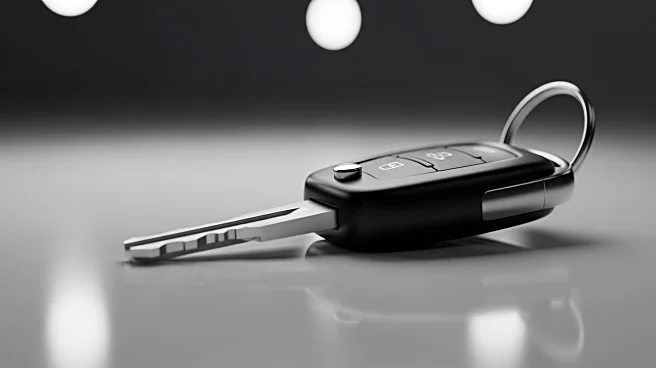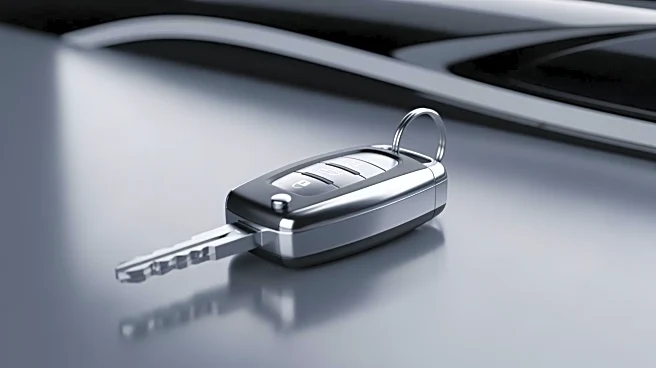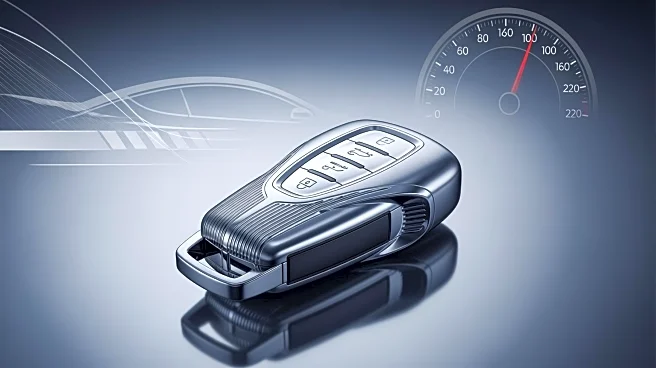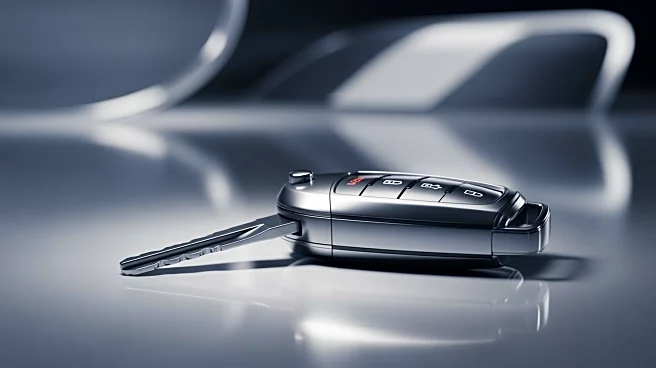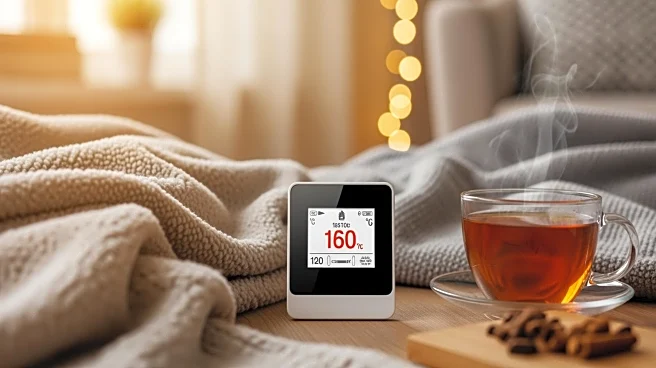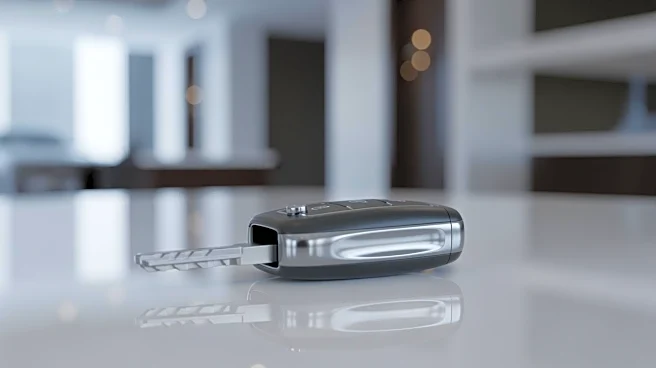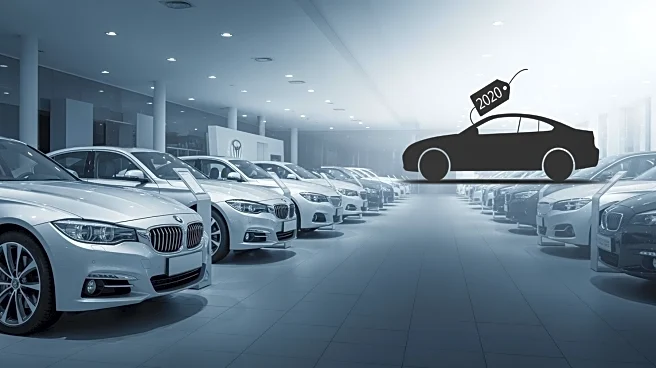What's Happening?
The cost of new cars in the United States has reached a record high of $50,000, according to a report by ABC News. Experts note that the price difference between new and used cars has become minimal, affecting consumer choices in the automotive market.
This trend is attributed to various factors, including supply chain disruptions and increased demand for vehicles. The report highlights the economic pressures faced by consumers as they navigate the decision between purchasing new or used cars.
Why It's Important?
The rising cost of new cars has significant implications for the U.S. economy and consumer spending. As prices increase, consumers may opt for used vehicles, impacting the new car sales market. This shift could affect automotive manufacturers and dealerships, influencing production strategies and sales tactics. Additionally, the economic burden on consumers may lead to changes in spending habits, affecting broader economic indicators.
What's Next?
Automotive manufacturers and dealers may need to adjust their pricing strategies and inventory management to address the changing consumer preferences. Potential responses could include offering more competitive financing options or increasing the availability of certified pre-owned vehicles. Economic analysts will likely monitor these trends to assess their impact on the automotive industry and consumer behavior.
Beyond the Headlines
The trend of rising car prices may prompt discussions on economic inequality and access to transportation. As vehicle ownership becomes more expensive, it could exacerbate disparities in mobility and access to opportunities. Long-term implications may include shifts in urban planning and public transportation policies to accommodate changing transportation needs.
